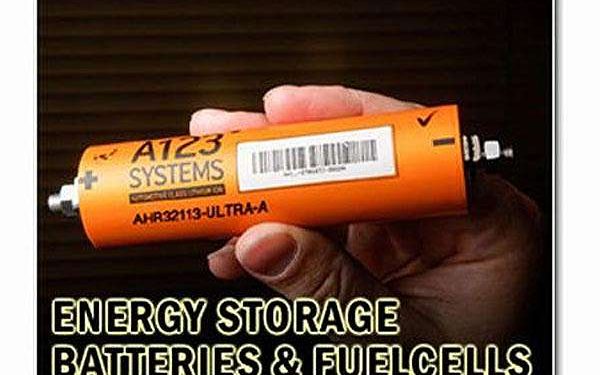Scientists Probe Declining Earbud Battery Longevity
by Clarence Oxford
Los Angeles CA (SPX) Feb 05, 2025
Have you ever noticed how electronic devices, including wireless earbuds, seem to lose battery capacity faster the longer you use them? An international research team from The University of Texas at Austin set out to examine this familiar issue, known as battery degradation, by focusing on the earbuds that many people rely on daily. Through a series of x-ray, infrared, and other imaging approaches, the researchers investigated the hidden complexities behind these tiny devices and revealed why their battery life declines over time.
“This started with my personal headphones; I only wear the right one, and I found that after two years, the left earbud had a much longer battery life,” said Yijin Liu, an associate professor in the Cockrell School of Engineering’s Walker Department of Mechanical Engineering, who led the new research published in Advanced Materials. “So, we decided to look into it and see what we could find.”
Their analysis showed that crucial earbud features – like the Bluetooth antenna, microphones, and circuits – compete with the battery in a very confined space, producing a microenvironment that is less than ideal. This situation results in a temperature gradient that damages the battery over time, with different sections of the cell experiencing variable temperatures.
Real-world factors also complicate matters. Frequent changes in climate, shifts in air quality, and a host of other environmental variables challenge the battery’s resilience. While cells are generally designed to endure harsh conditions, constant fluctuations can take their toll.
These discoveries highlight the importance of considering how batteries interact with devices such as phones, laptops, and even electric vehicles. Packaging solutions, strategic design decisions, and adaptations for user habits may all play a role in extending battery performance.
“Using devices differently changes how the battery behaves and performs,” said Guannan Qian, the first author of this paper and a postdoctoral researcher in Liu’s lab. “They could be exposed to different temperatures; one person has different charging habits than another; and every electric vehicle owner has their own driving style. This all matters.”
In conducting this study, Liu and his team worked closely with UT’s Fire Research Group, led by mechanical engineer Ofodike Ezekoye. They paired infrared imaging methods with their in-house x-ray technology at UT Austin and Sigray Inc. To expand their scope, they then teamed up with some of the world’s most advanced x-ray facilities.
Their collaborators included researchers from SLAC National Accelerator Laboratory’s Stanford Synchrotron Radiation Lightsource, Brookhaven National Laboratory’s National Synchrotron Light Source II, Argonne National Laboratory’s Advanced Photon Source, and the European Synchrotron Radiation Facility (ESRF) in France. These partnerships allowed them to observe battery behavior under more authentic operating conditions.
“Most of the time, in the lab, we’re looking at either pristine and stable conditions or extremes,” said Xiaojing Huang, a physicist at Brookhaven National Laboratory. “As we discover and develop new types of batteries, we must understand the differences between lab conditions and the unpredictability of the real world and react accordingly. X-ray imaging can offer valuable insights for this.”
Looking ahead, Liu says his team will continue analyzing battery performance in the settings people experience every day. They plan to expand their approach to larger batteries, such as those in smartphones, laptops, and electric vehicles, to learn more about their degradation patterns.
Research Report:In-device Battery Failure Analysis
Related Links
University of Texas at Austin
Powering The World in the 21st Century at Energy-Daily.com


















